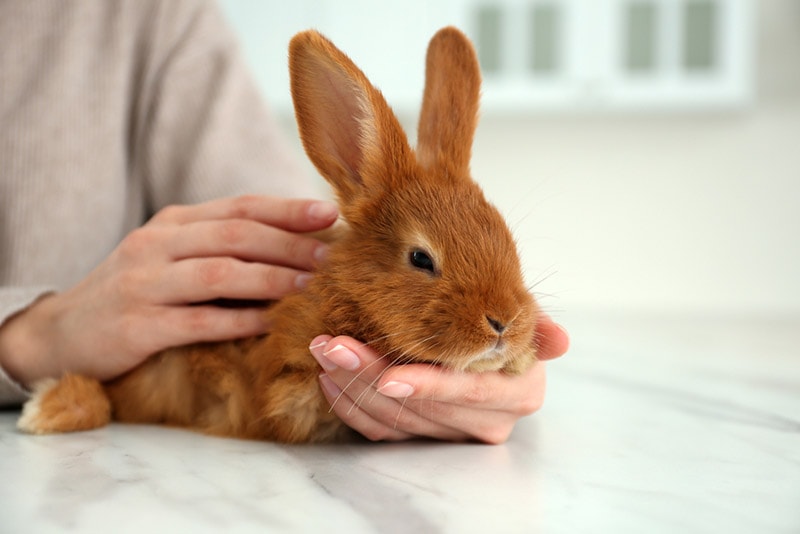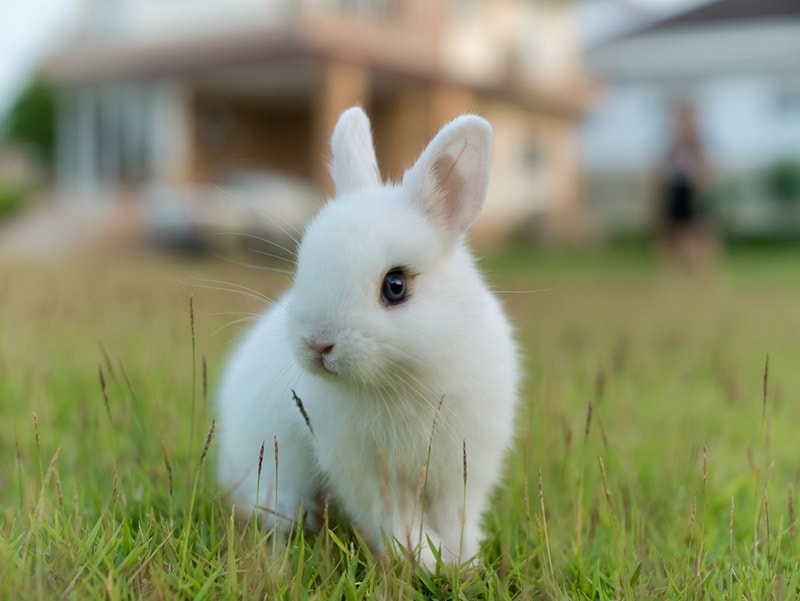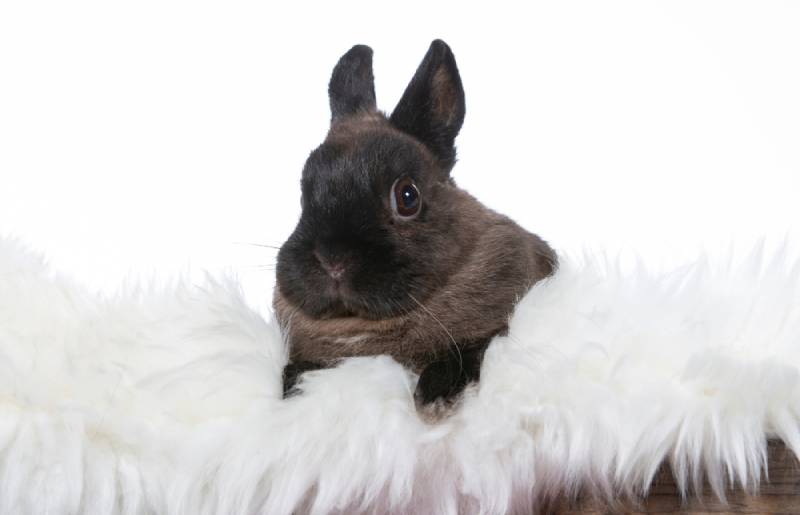11 Large Rabbit Breeds (With Pictures)
Updated on
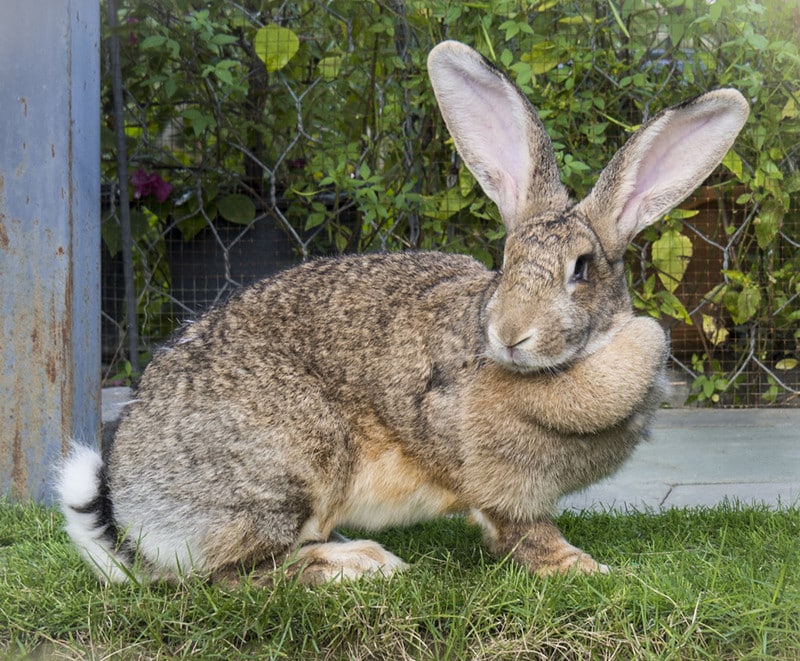
Most of us think of cute, cuddly animals with long ears when the word “rabbit” comes to mind. However, few of us think of rabbits as being the size of a medium dog breed. Is there really such a thing as a giant rabbit? As it turns out, there are several types of them!
The world’s largest rabbit,1 Ralph, weighs in at a whopping 55 pounds and eats more than $90 worth of food each and every week. He’s not the only big rabbit hopping around in today’s world. Here are 11 large rabbit breeds that everyone should know about:
The 11 Large Rabbit Breeds
1. The Flemish Giant
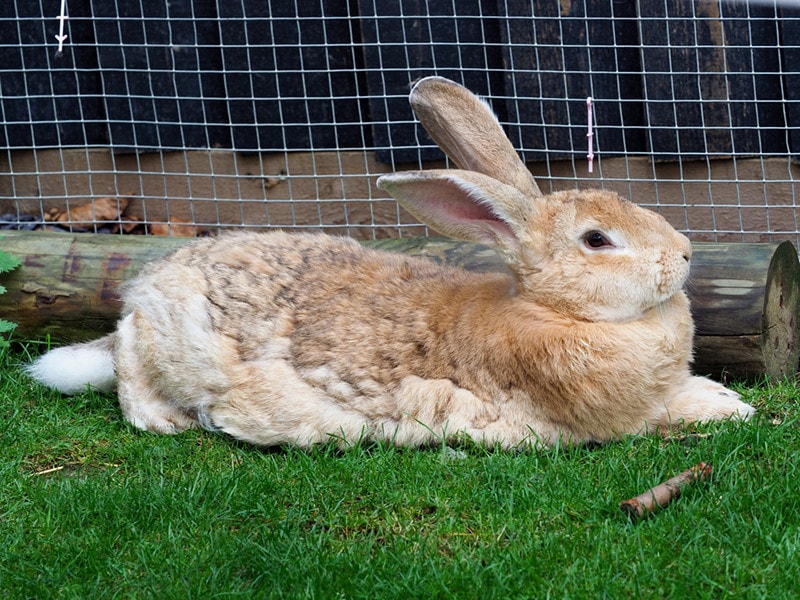
| Adult Weight | 15–25 pounds |
| Lifespan | 8–10 years |
| Temperament | Gentle, docile, friendly, curious |
The Flemish Giant is a beautiful rabbit that has traditionally been bred for meat and fur throughout the world. Today, they are still bred for such things, but they are also popular companion animals in households everywhere.
Flemish Giants have erect ears, long bodies, large round eyes, and thick, luxurious fur that’s super soft to the touch. These rabbits were imported into the United States from places like Belgium and England sometime in the 1890s.
2. The Spanish Giant
| Adult Weight | 15 pounds |
| Lifespan | 7–10 years |
| Temperament | Sociable, adventurous, gentle, kid-friendly |
This giant rabbit breed was created by breeding the Flemish Giant and two different Spanish breeds together. Featuring a dense yet soft coat of fur, extremely long and broad ears, and rounded bellies, these rabbits are extremely elegant looking. They are not as popular as most of the other rabbit breeds on our list, but they are not in danger of extinction, and they can be found through breeders worldwide.
3. The Blanc de Bouscat

| Adult Weight | 15 pounds |
| Lifespan | 9–11 years |
| Temperament | Calm, patient, trainable |
Hailing from France, the Blanc de Bouscat is virtually unknown in many parts of the world, including the United States. They were first discovered in 1906, and since have been bred out of the spotlight.
These rabbits typically feature coats that are completely white and have long, upright ears. Like most others on this list, the Blanc de Bouscat has short, dense fur. Not only are these friendly rabbits calm and patient, but they tend to be easy to train too, making them ideal pets.
4. The Continental Giant
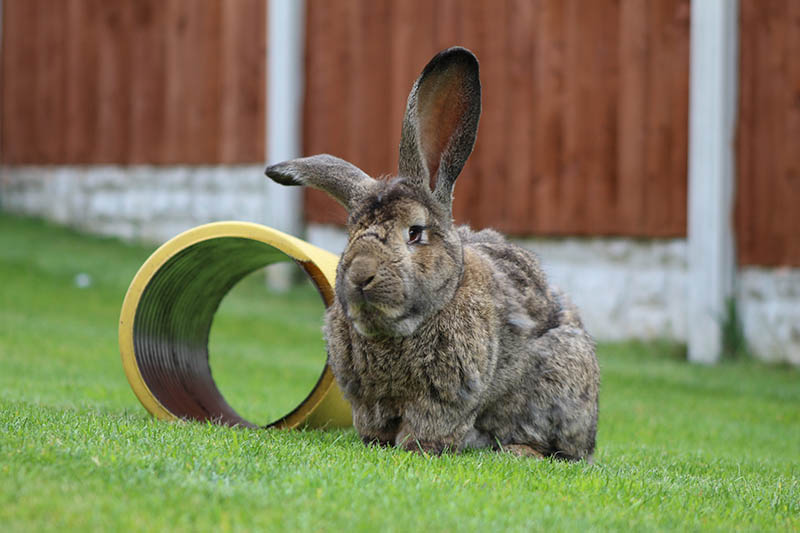
| Adult Weight | 16–20 pounds |
| Lifespan | 4–5 years |
| Temperament | Curious, calm, sociable, kid-friendly |
Sometimes referred to as the German Giant, this rabbit breed descends from the Flemish Giant. Their coats come in a wide variety of colors including white, black, brown, gray, beige, and bi-colored. These are well-muscled animals that get along well not only with humans but with other household pets too. Continental Giants have long ears that are about 25% the length of their bodies.
5. The Hungarian Giant
| Adult Weight | 13 pounds |
| Lifespan | 8–12 years |
| Temperament | Adaptable, calm, interactive |
These lovable rabbits are well-proportioned and hardy. They have short coats that are easy to care for, as minimal grooming is required. The most common coat colors found on Hungarian Giants include black, blue, white, and gray.
Known for being easy to handle, this rabbit breed tends to enjoy playing with kids and interacting with humans of all ages. Some people raise this breed for showing purposes, but they are popular companions within households of all shapes and sizes.
6. The British Giant
| Adult Weight | 13–14 pounds |
| Lifespan | 5–8 years |
| Temperament | Loving, friendly, curious, patient |
The British Giant breed first appeared in the 1940s and is popular among breeders and rabbit enthusiasts throughout Britain and other places in the UK. However, they never quite gained popularity elsewhere. They are bred in the United States and other countries, but not on the scale that other giant breeds are. It’s a shame because this is an intelligent rabbit breed that can easily be litter trained and that gets along well in most household situations.
7. The French Lop
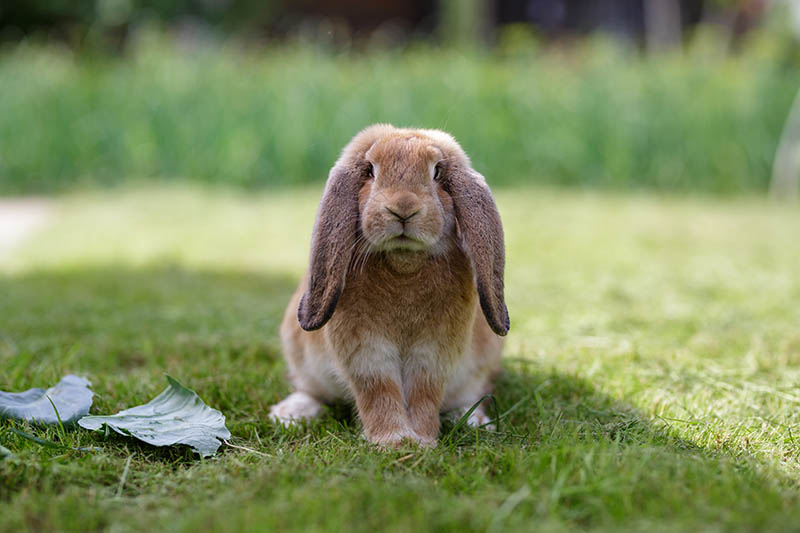
| Adult Weight | 10–15 pounds |
| Lifespan | 6–8 years |
| Temperament | Cuddly, docile, patient, sociable |
This rabbit breed was first created to provide meat to people in France. They quickly became popular and were exported to other parts of the world. Eventually, they became beloved companion animals in which they are popular for today.
When socialized at a young age, the French Lop is a wonderfully sociable companion that is happy to interact with strangers and other animals. These are active rabbits that like to move around their house and explore new things. The average French Lop loves to cuddle with their human companions, whether that means snuggling in a lap or hanging out in someone’s arms.
8. The Checkered Giant
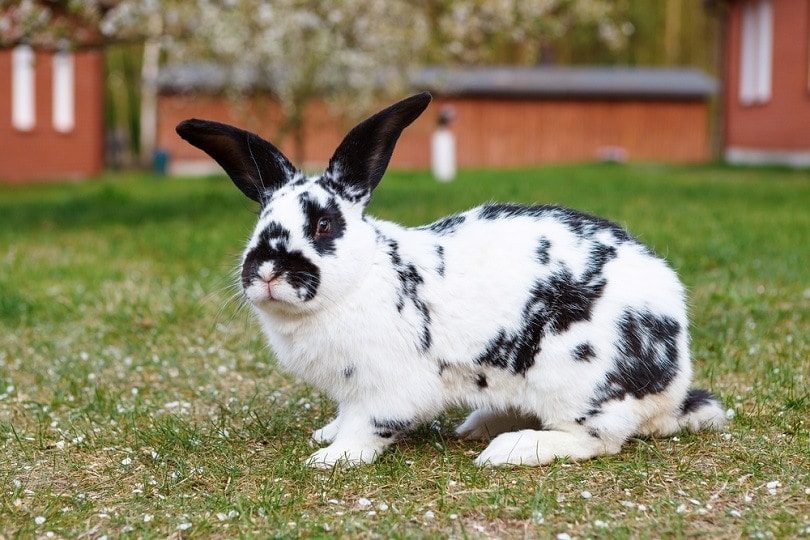
| Adult Weight | 12 pounds |
| Lifespan | 5–8 years |
| Temperament | Calm, good-natured, active, energetic |
This breed was introduced to the United States in the early 1900s where they have been popular as show and companion animals ever since. These rabbits sport coats that are white with black or blue markings that look checkered, hence the breed’s name. The Checkered Giant is active, energetic, and good-natured, but they are not typically as affectionate and sociable as most of the other giant breeds highlighted on this list.
9. The Giant Chinchilla

| Adult Weight | 13–16 pounds |
| Lifespan | 8–9 years |
| Temperament | Gentle, docile, independent |
This was first created in the United States by a man named Edward Stahl. The breed was developed for their fur using a smaller breed known simply as the Chinchilla from France and larger breeds that were found in the states. The first Giant Chinchilla was born on Christmas day in 1921 and was named Million Dollar Princess. These rabbits are gentle and docile, but they are also independent and aren’t usually as interactive as other rabbits of the same size.
10. The Silver Fox
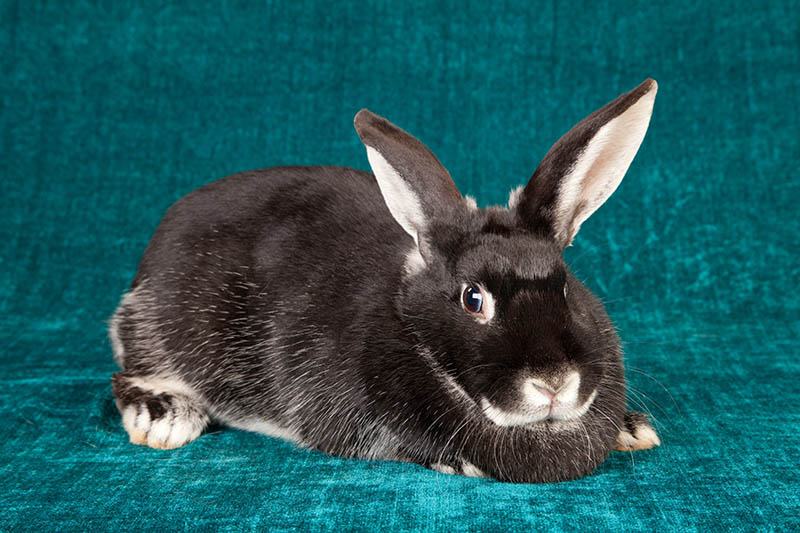
| Adult Weight | 11–12 pounds |
| Lifespan | 7–10 years |
| Temperament | Docile, curious, interactive, sociable |
This rabbit breed was named so because the white ticking of their coat resembles that of the Silver Fox. First bred for their fur and meat, these animals are now considered great companion animals for kids and adults alike. This breed is also commonly raised for show. This is one of the longer-lived rabbits on our list, which means a bigger commitment to consider for potential Silver Fox owners.
11. The Giant Angora
| Adult Weight | 9–10 pounds |
| Lifespan | 5–8 years |
| Temperament | Calm, gentle, good with kids |
The Giant Angora originated in Turkey where it became popular before being exported to other parts of the world. The breed is well known for their luxurious fur, which is one big reason for their breeding throughout the world. With such long, luscious hair, these are extremely popular show animals that are hard to beat in the competition ring. They require regular grooming, unlike all the other rabbits on this list.
Conclusion
These 11 large rabbit breeds are all interesting and unique, and they all deserve some attention from us humans who are charged with ensuring their welfare. Whether you’re looking to get a rabbit as a household pet or you’re simply interested in this furry, cuddly animal, at least one of the large rabbit breeds highlighted on our list should pique your interest.
You Might Also Be Interested In:
Featured Image Credit: krithnarong Raknagn, Shutterstock

